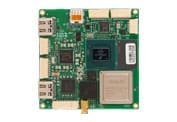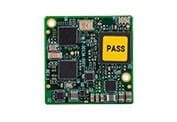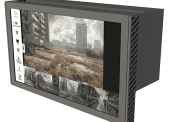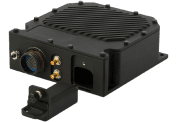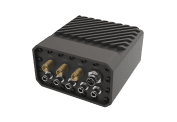Armored vehicles are fundamental to the strategic capabilities of armed forces around the world, providing essential protection, mobility, and firepower in a variety of combat and peacekeeping scenarios. This blog explores the diverse categories of armored vehicles, including their design, features, and operational applications. From the transport of troops in conflict zones to the execution of complex peacekeeping missions, these vehicles are pivotal in shaping modern warfare dynamics.
Types of Armored Vehicles
Armored vehicles are crucial in modern warfare, offering protection, mobility, and firepower. The choice of vehicle depends on the mission requirements, terrain, threat level, and strategic objectives of the military forces. They are categorized mainly into:
Armored Personnel Carriers (APCs): These are primarily used for the safe transportation of infantry to and from combat zones. They are equipped with armor protection and often have armaments such as machine guns or grenade launchers. Popular models include the Stryker (USA), the Namer (Israel), the Boxer (Germany/Netherlands), and the BTR-82A (Russia).
Infantry Fighting Vehicles (IFVs): IFVs are similar to APCs but are equipped with heavier armament and are designed to engage enemy infantry and armored targets. They provide direct fire support to infantry and can engage in combat independently. Popular models include the Bradley Fighting Vehicle (USA), the BMP-3 (Russia), and the Warrior (UK).
Main Battle Tanks (MBTs): MBTs are the primary armored fighting vehicles of modern armies. They are heavily armored and armed with a large-caliber tank gun and secondary machine guns. MBTs are designed to dominate the battlefield through firepower, mobility, and protection. Examples include the M1 Abrams (USA), the Merkava (Israel), the Leopard 2 (Germany), and the T-14 Armata (Russia).
Light Armored Vehicles: These vehicles are used for reconnaissance, security, and rapid deployment of forces. They are lighter and faster than MBTs and IFVs but have less armor protection. Popular models include the LAV-25 (USA) and the Fennek (Germany/Netherlands).
Mine-Resistant Ambush Protected (MRAP) Vehicles: MRAPs are designed to withstand improvised explosive device (IED) attacks and ambushes. They are used for patrolling and counter-insurgency operations. Examples include the Cougar (USA) and the Casspir (South Africa).
Armored Amphibious Vehicles: These vehicles are capable of operating on land and water, making them suitable for amphibious assaults and river crossings. Examples include the AAVP-7A1 (USA) and the BTR-80A (Russia).
Self-Propelled Artillery: These are armored vehicles equipped with large-caliber artillery, used for indirect fire support. They can be highly mobile and provide significant firepower. Models include the M109 Paladin (USA) and the 2S19 Msta (Russia).
Anti-Aircraft Vehicles: These are armored vehicles equipped with anti-aircraft guns or missile systems used to protect ground forces from aerial threats. Examples include the Flakpanzer Gepard (Germany) and the 2K22 Tunguska (Russia).
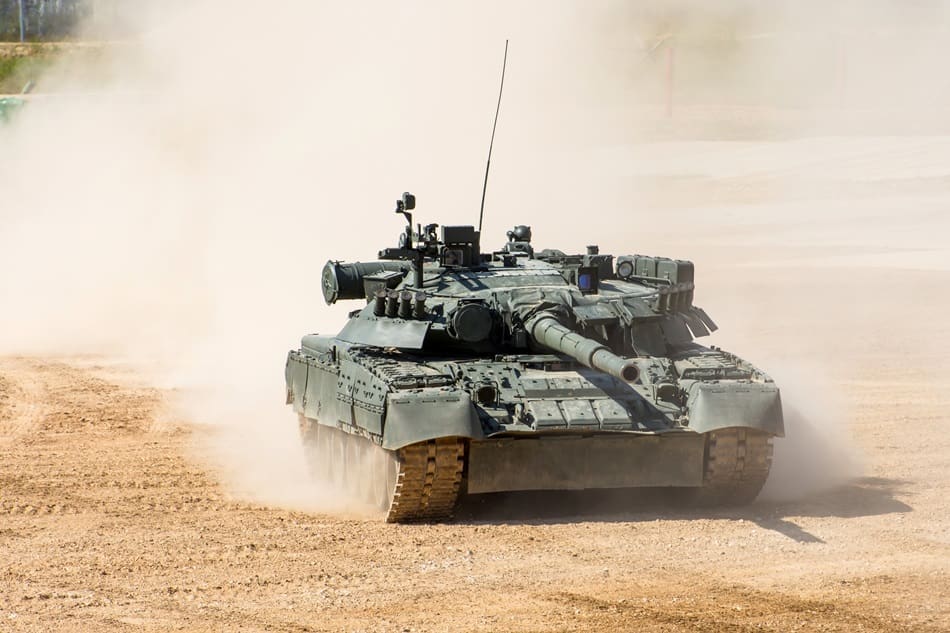
Applications in Modern Warfare
Armored vehicles play a vital role in modern military operations, with different types being suited for specific scenarios:
Combat Scenarios: In conventional warfare, the role of Main Battle Tanks (MBTs) and Infantry Fighting Vehicles (IFVs) is critical. MBTs, with their heavy armor and powerful armament, are used to break through enemy lines and engage in direct combat with enemy armored units. IFVs support infantry troops, providing them with mobility and fire support on the battlefield. They enable infantry to keep pace with tanks and offer protection against small arms fire and shrapnel. Armored Personnel Carriers (APCs) play a crucial role in transporting troops to and from the front lines while offering protection from enemy fire and explosive devices.
Peacekeeping Missions: In peacekeeping operations, where the focus is on stability and support rather than direct combat, Light Armored Vehicles (LAVs) and Mine-Resistant Ambush Protected (MRAP) vehicles are often preferred. LAVs offer a balance between speed, agility, and protection, making them suitable for patrolling, reconnaissance, and quick response to emerging situations. MRAPs are particularly valuable in regions prone to asymmetric warfare tactics, such as IED attacks. Their design minimizes casualties in case of explosions and ambushes, making them ideal for ensuring the safety of peacekeeping forces in volatile environments.
Counter-Insurgency Operations: In counter-insurgency operations, where armed forces combat irregular forces and insurgent groups, MRAPs and APCs are extensively used. Their robust protection against IEDs, landmines, and small arms fire is crucial in these environments. These vehicles are essential for patrolling, convoy protection, and troop transportation in areas with high threats of ambush and explosive devices. They provide the necessary mobility and protection to conduct operations in urban and rural settings where insurgents may blend in with the civilian population.
Terrain-Specific Operations: Different terrains require specialized vehicles. In coastal environments, Amphibious Armored Vehicles are indispensable. They provide the capability to conduct operations both on land and in water, which is essential for amphibious assaults, river crossings, and operations in wetlands or flood-prone areas. These vehicles can transition from water to land operations seamlessly, allowing forces to project power in coastal regions and navigate water obstacles that would otherwise impede movement.
Armored Vehicles in the Modern Military
The versatility and adaptability of armored vehicles are key to their effectiveness in diverse warfare scenarios. Each type of vehicle is designed with specific roles in mind, ensuring that armed forces have the right tools to face various challenges in modern warfare. This adaptability is critical in meeting the evolving demands of different combat environments and operational requirements. With ongoing advancements in technology and military tactics, these vehicles continue to adapt and evolve, solidifying their position as indispensable assets on the battlefield. To delve deeper into the future trajectories of these armored vehicles, we invite you to explore our in-depth analysis in the accompanying blog on the future of armored vehicles.

